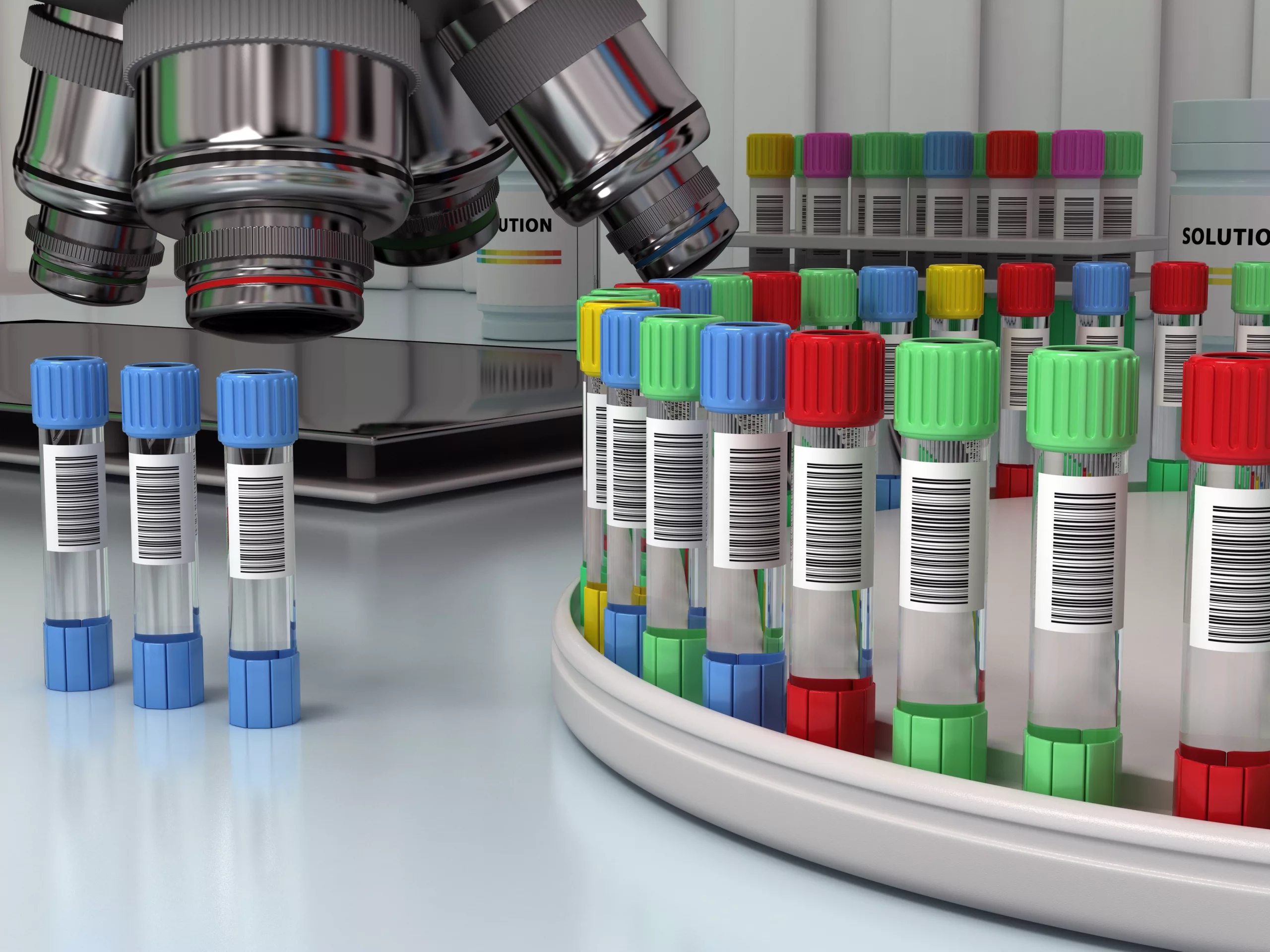The development and approval of biopharmaceutical products are complex processes that involve rigorous testing, evaluation, and regulatory scrutiny. The pinnacle of this journey is the submission of a Biologics License Application (BLA) to the FDA. In this blog, we will delve into the intricacies of the BLA process, exploring its significance, key components, and the steps involved in bringing a biologic product to market.
A BLA is a comprehensive submission made to the FDA, seeking approval to market and distribute a biopharmaceutical product. Unlike traditional small-molecule drugs, biologics are derived from living organisms and include vaccines, gene therapies, monoclonal antibodies, and other complex molecules.
The BLA is a critical step in the regulatory pathway, signaling that a biologic product has undergone rigorous testing for safety, efficacy, and quality. FDA approval grants the product the right to be commercially marketed in the United States.
Key Components of a BLA include:
- Chemistry, Manufacturing, and Controls (CMC): The CMC section details the manufacturing processes, quality control measures, and specifications for the biologic product. This section is crucial for ensuring the consistency and reproducibility of the product.
- Nonclinical Data: Nonclinical studies provide preclinical evidence supporting the safety and biological activity of the product. This includes animal studies, pharmacokinetics, and toxicology data.
- Clinical Data: The clinical section of the BLA presents data from human trials, including information on study design, patient demographics, efficacy results, and safety assessments. Well-designed and executed clinical trials are fundamental to a successful BLA submission.
- Labeling: The proposed labeling for the biologic product is a critical aspect of the BLA. It includes information on dosage, administration, indications, contraindications, and other important details for healthcare professionals and patients.
Before submitting, sponsors often engage in pre-submission meetings with the FDA to discuss their development plans, address potential issues, and ensure a smooth application process. The FDA conducts a thorough review of the BLA, involving experts from various disciplines. This process includes a comprehensive evaluation of the submitted data to ensure the product’s safety, efficacy, and quality.
In some cases, the FDA may convene an advisory committee meeting to seek external expert opinions on the product. While the committee’s recommendations are not binding, they play a significant role in the FDA’s decision-making process.
Based on the review, the FDA issues an approval letter if the BLA meets all regulatory requirements. Alternatively, a Complete Response Letter may be issued, outlining deficiencies or additional information needed for approval.
The BLA process is a comprehensive and meticulous journey that ensures the safety and efficacy of biopharmaceutical products before they reach the market. It represents a collaborative effort between sponsors and regulatory authorities to bring innovative and life-changing therapies to patients. If you are wondering if a BLA is right for your product, or need help compiling the application, EMMA International can help! Call us at 248-987-4497 or email info@emmainternational.com to learn more.
FDA (Jan 2021) Biologics License Applications (BLA) Process (CBER) retrieved on 1/7/2024 at: https://www.fda.gov/vaccines-blood-biologics/development-approval-process-cber/biologics-license-applications-bla-process-cber





